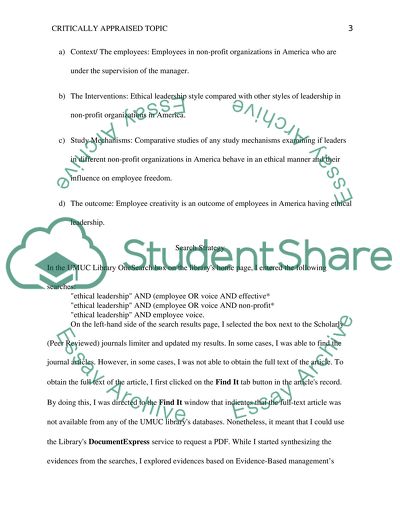Cite this document
(Ethical Leadership Influence on Employee Voice in Non-Profit Research Paper, n.d.)
Ethical Leadership Influence on Employee Voice in Non-Profit Research Paper. Retrieved from https://studentshare.org/human-resources/1681009-critically-appraised-topic-cat-paper
Ethical Leadership Influence on Employee Voice in Non-Profit Research Paper. Retrieved from https://studentshare.org/human-resources/1681009-critically-appraised-topic-cat-paper
(Ethical Leadership Influence on Employee Voice in Non-Profit Research Paper)
Ethical Leadership Influence on Employee Voice in Non-Profit Research Paper. https://studentshare.org/human-resources/1681009-critically-appraised-topic-cat-paper.
Ethical Leadership Influence on Employee Voice in Non-Profit Research Paper. https://studentshare.org/human-resources/1681009-critically-appraised-topic-cat-paper.
“Ethical Leadership Influence on Employee Voice in Non-Profit Research Paper”, n.d. https://studentshare.org/human-resources/1681009-critically-appraised-topic-cat-paper.


